Social proof is the psychological concept that people look to others to guide their actions and decisions. In marketing, brands leverage various types of social proof as a form of influence and motivation.
The right social proof content, implemented effectively, lifts conversions and sales. This guide will showcase ten real-world examples of brands using social proof to achieve results.
Key Takeaways
- Social proof is a powerful influencer and motivator for consumers. Case studies of authentic brands showcase how social proof drives conversions.
- Testimonials, reviews, media mentions, and celebrity endorsements are effective types of social proof. They build trust and credibility.
- Strategically featuring social proof elements on landing pages lifts conversions by over 30% on average.
- Craft genuine, authentic social proof content that resonates with your target demographic. Quantity and quality both matter.
- Monitor social proof content to feature the most compelling examples. Refresh it regularly to keep it relevant.
These case studies demonstrate the power of social proof. You’ll discover tips and ideas to apply to your social proof marketing.

Testimonial Case Studies
1. Health Supplement Company Testimonials
A health supplement seller focused on building their testimonials page. They gathered over 100 video testimonials from genuine customers.
The videos featured the customers talking openly about their positive experiences. The page also included essential details like the customer’s name, location, and the supplements they used.
After launching the testimonials page, the seller saw conversions increase by 34% over six months. The page gave potential customers more confidence by showing social proof from others like them.
Key Takeaway: Authentic and detailed testimonials can significantly influence trust and purchase decisions.

2. Non-Profit Testimonial Email Campaign
A non-profit organization decided to add testimonials to their donation email campaigns. Each email featured a testimonial story from a previous donor about why they contributed.
During their A/B testing, they found that emails containing these donor testimonials had a 49% higher click-through rate. The testimonials established social proof, credibility, and emotional connections.
Key Takeaway: Testimonials often resonate more when they come from people similar to your target audience.
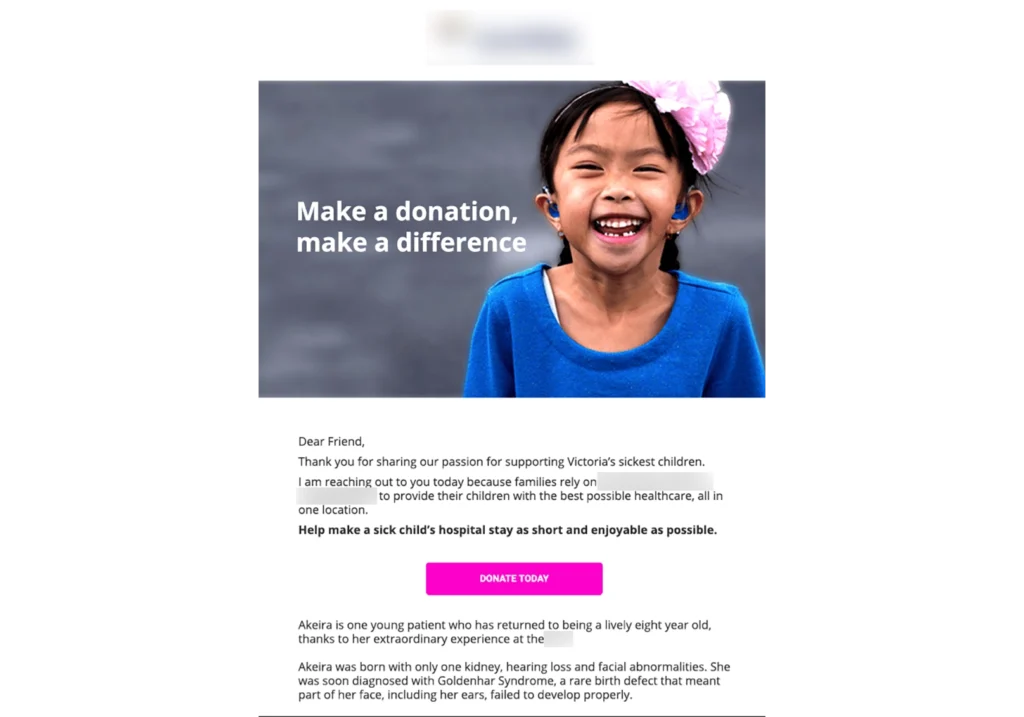
3. Software Company Review Spotlights
A B2B SaaS company realized they had over 400 4-star and 5-star customer reviews. However, potential buyers rarely saw or read through all these reviews.
They implemented “review spotlights” on their homepage and pricing page. These spotlights rotated through showing short excerpts from their 12 best recent reviews.
This made critical aspects of their positive reviews more visible. It helped convince potential customers through social proof. The company found that review spotlights lifted conversion rates by 19%.
Key Takeaway: Show your best and most convincing social proof content for maximum impact.

4. Law Firm Google Review Campaign
A small law firm realized the importance of positive Google reviews for credibility. However, they only had a handful of reviews and a 3-star average rating.
They ran a review generation campaign asking existing clients to leave Google reviews. This helped them gather over 100 new 5-star reviews in 6 weeks.
As their average rating rose to 4.8 stars, the law firm saw a significant increase in leads and calls from new prospective clients. Many specifically mentioned seeing their reviews and high ratings.
Key Takeaway: Review quantity and quality for service businesses like law firms, which hugely influence reputation and trust.
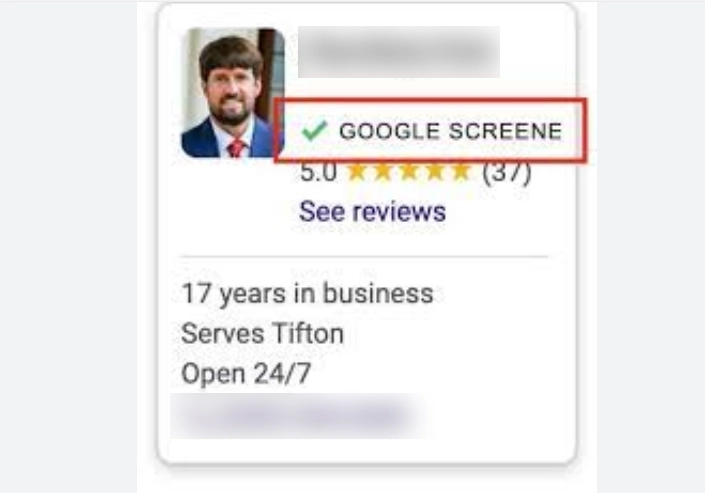
5. Consumer Tech Company Lands Major Media Coverage
A consumer tech company landed a positive product review in a major national newspaper. The review called it “a must-have gadget” and “far ahead of rivals.”
They quickly created an advertisement featuring this media quote. The ad presented the quote, media logo, and link to read the full article.
This media-focused ad was A/B tested against their standard product ads. The ad led to a 47% lift in CTR and 36% higher conversions from visitors who clicked through.
Key Takeaway: Earned media coverage and quotes are highly credible social proof that sways decisions.
6. Celebrity Brand Ambassador Drives Sales
An eco-friendly laundry detergent needed help to grow beyond a small customer base. Most mainstream consumers still use traditional big-name detergents.
They brought on a well-known celebrity as a brand ambassador. He appeared in a commercial discussing making the eco-friendly switch for his family.
In the first six months after the commercial debuted, the detergent brand saw grocery store sales jump 2X higher. The celebrity endorsement provided the social proof and appeal they needed.
Key Takeaway: The proper celebrity endorsement can change brand perceptions overnight.
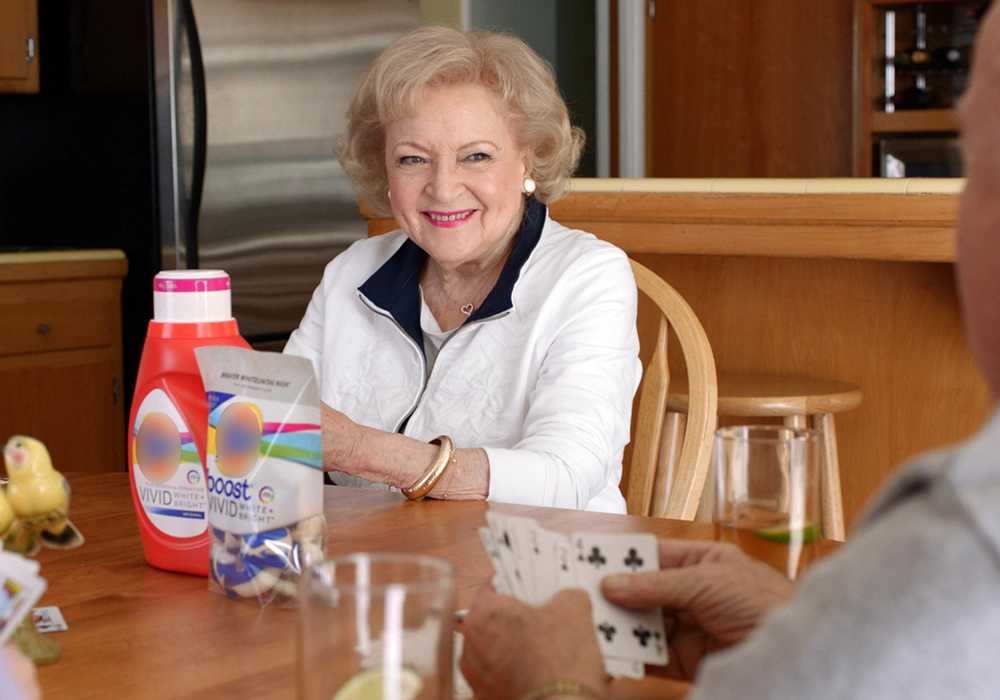
7. Fashion Retailer’s High-Converting Product Pages
A fast-growing fashion e-commerce retailer noticed that adding reviews and related content boosted conversions. However, displaying this social proof varied from product to product.
They created a standardized template for product pages moving forward. This featured reviews, sizing guidance images, style ideas, and an Instagram feed of users wearing the item.
After rolling out the new template, the average order value increased by 13% across the site. Visitors found more helpful social proof in their decision journey.
Key Takeaway: Consistently prominent social proof and UGC build credibility on product pages.
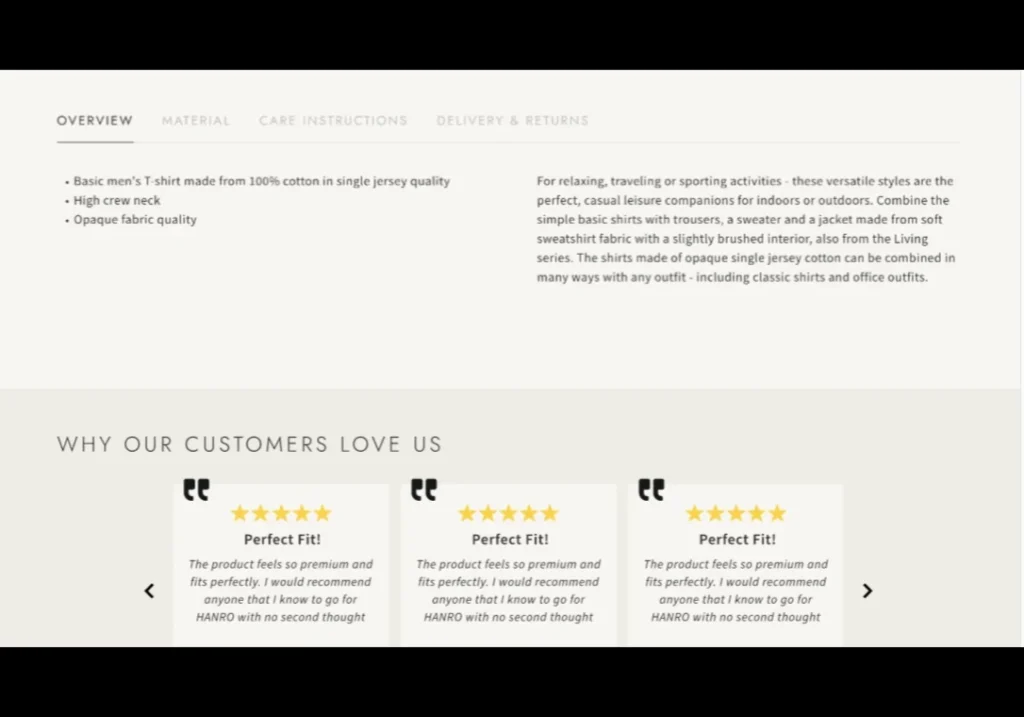
8. Showcasing a Case Study on the SaaS Pricing Page
A B2B analytics SaaS company created detailed multi-page case studies of results with select clients. Most prospects needed to be aware of these case studies when comparing pricing tiers.
They added a shortened version of an awe-inspiring case study to their pricing page. This immediately gave incoming visitors social proof of unique business value.
Prospects who viewed the demo that referenced the embedded case study were 22% more likely to convert to paying customers.
Key Takeaway: Relevant social proof grabs attention and provides “proof of value” on critical pages.
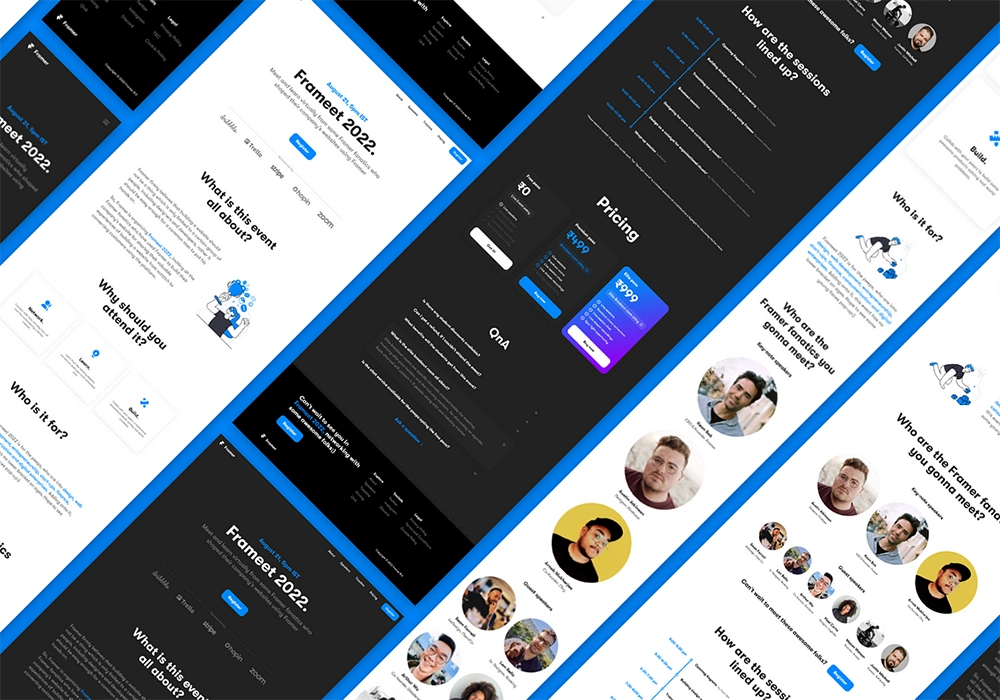
9. Testimonial Refresh Campaign
A digital marketing agency showcased client testimonials prominently on their homepage. Over two years, they amassed 49 testimonials as more were added.
Many testimonials were years old and from past clients. Competitor agencies also noted that some of these clients were now outdated.
The agency conducted a “testimonial refresh” campaign to modernize social proof. They removed 24 outdated ones, pivoted 15 for other uses, and gained 17 new compelling testimonials.
The changes led to a 13% increase in conversions from new visitors and positive client feedback on the site updates.
Key Takeaway: Actively manage your library of social proof content so it stays relevant and impactful.
10. Turning Customer Frustrations into Reviews
A vacuum retailer faced a severe problem – their top product had 75 reviews but only 2.8 stars. The analysis found that the product worked well when sized and used correctly.
However, reviews revealed that customers often needed to be more satisfied with correct usage and sizing issues. Rather than remove this critical feedback, they took a creative approach.
The retailer created a review response process and guide to steer customers into leaving more detailed feedback. This helped surface key insights while increasing review quantity. Over months, the average rating climbed to 4 stars.
Key Takeaway: Addressing negative social proof can be an opportunity to improve products and sentiment.

FAQs
What types of social proof perform best?
All forms of genuine social proof can make an impact. But the most influential tend to be:
- Video/written customer testimonials
- Ratings, reviews, performance benchmarks
- Media publications, press mentions
- Endorsements from influencers
- Celebrity sponsorships/partnerships
Choose social proof sources that align best with your business type and audience values. Then, make this content visible in their decision journey.
Where should I feature social proof on my website?
The most effective places tend to be:
- Homepage: Build immediate credibility
- Product pages: Boost conversions
- Pricing pages: Prove value
- Testimonial pages: Share detailed stories
- Checkout flows: Encourage follow-through
Conduct A/B testing to see which areas of your site best influence decisions with social proof spotlights. Continually refine placement based on performance.
How much social proof content do I need?
You typically want 8-15 very compelling testimonials that cover an array of customer types and use cases. Most experts recommend aiming for 30-50 for ratings and reviews to achieve volume and diversity of feedback.
However, even just 1-3 compelling testimonials or reviews can make a noticeable difference – especially for younger brands. Quality over quantity initially, if needed, then expand the social proof library over time.
How often should I refresh my social proof content?
Swap out at least 20-30% of the social proof content on your site every six months or so. Allow your best and most popular content to persist for an extended term.
Regular refresh ensures you have relevant, modern examples that resonate most with incoming visitors. It shows fresh content keeps improving your product, services, and credibility.

What makes an impactful testimonial or review?
The best social proof contains specific details on how a customer tangibly benefited from using your offering. The emotive, genuine language that connects to readers also helps drive conversions and sales.
Consider gathering video or written testimonials that highlight the following:
- Detailed use cases and results
- Return on investment achieved
- How you over-delivered on expectations
- Niche needs you uniquely solved
Disclaimer: This content is purely for educational purposes. Do not construe it as marketing or legal counsel. Results vary based on unique business factors.




Leave a Reply